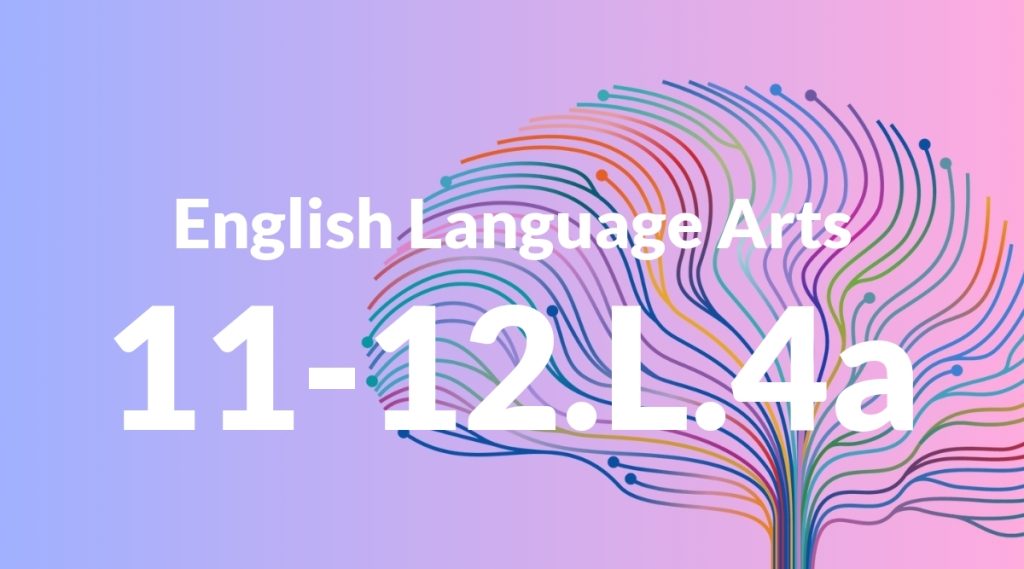Standard: 2.L.4 – Determine or clarify the meaning of unknown and multiple-meaning words and phrases based on grade 2 reading and content, choosing flexibly from an array of strategies.
Grade level: Grade 2
Subject: English Language Arts
Domain: Language
Teacher Overview
This standard focuses on helping students determine or clarify the meanings of unknown and multiple-meaning words and phrases. It is crucial for developing reading comprehension skills and lays the foundation for more advanced language and literacy skills. Students should be familiar with basic vocabulary and have some experience using context clues to understand new words.
Mastering this standard will prepare students to understand more complex texts and develop advanced reading comprehension skills.
Common Misconception 1
A common misconception is that words have only one meaning. This is incorrect because many words in English have multiple meanings depending on the context in which they are used.
Intervention 1
Use visual aids and context sentences to illustrate how the same word can have different meanings. Provide practice sentences where students must determine the correct meaning based on context.
Common Misconception 2
Another misconception is that dictionary definitions are always sufficient for understanding a word’s meaning. This is incorrect because context often provides additional clues that are necessary for full comprehension.
Intervention 2
Teach students to use context clues in addition to dictionary definitions. Provide exercises where they must infer the meaning of a word from the context of a sentence or paragraph.
Prerequisite Knowledge
Students should have a basic understanding of common vocabulary and the ability to use simple context clues to infer the meaning of unfamiliar words.
Subsequent Knowledge
After mastering this standard, students will be able to apply more advanced strategies for understanding complex texts and will be better prepared to tackle higher-level reading comprehension tasks.
Instructional Activities
- Context Clue Detective: Students read sentences and use context clues to determine the meaning of underlined words.
- Multiple Meanings Match: Students match words to their different meanings using picture cards.
- Word Meaning Journal: Students keep a journal of new words they encounter and write sentences showing different meanings.
- Classroom Word Wall: Create a word wall with words that have multiple meanings and add context sentences for each meaning.




